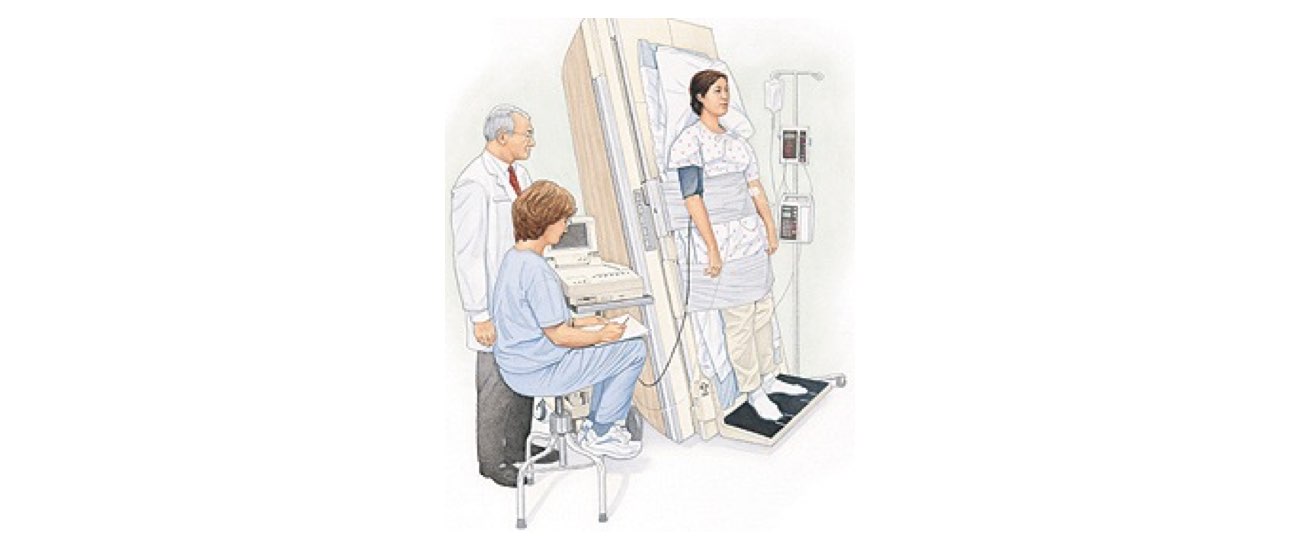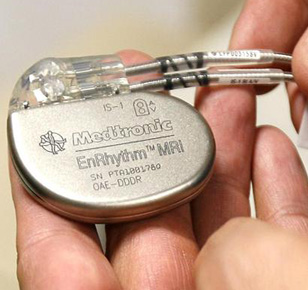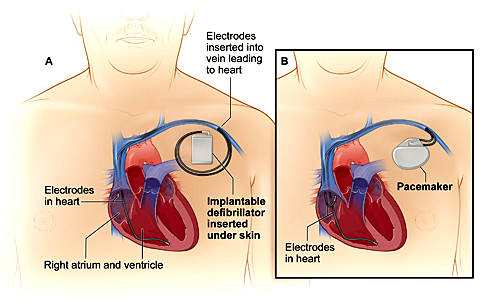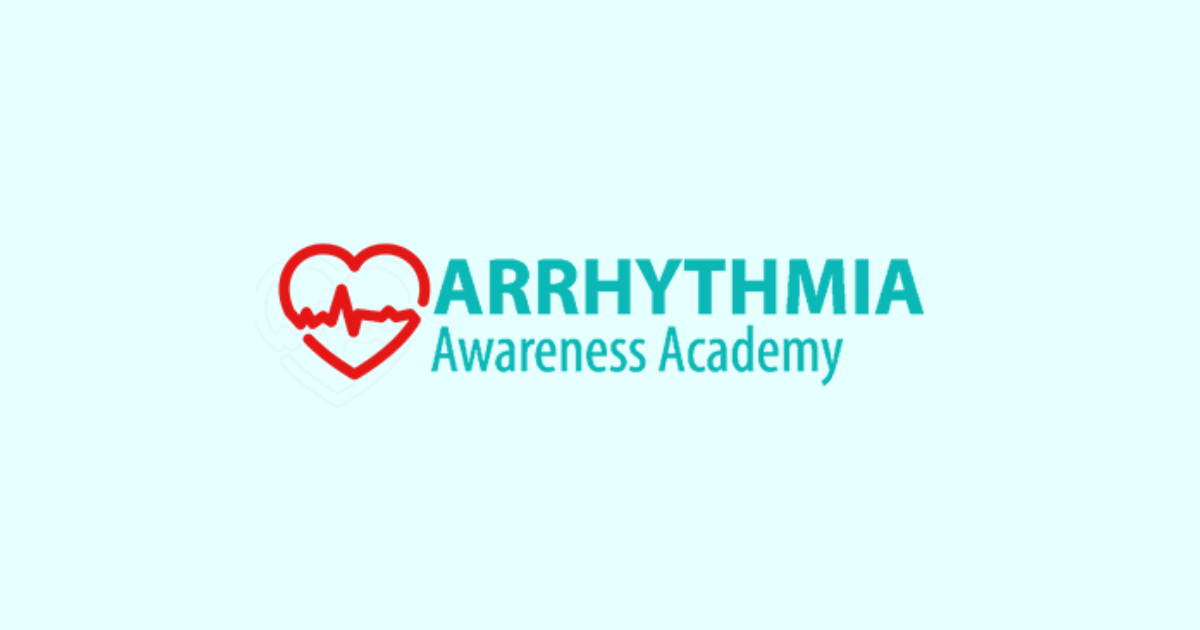Fainting or syncope occurs by several different mechanisms. It is important to determine the cause of the syncope to understand the risks and severity of future fainting episodes. A tilt table test can provide this information.
The most common type of syncope is vasovagal syncope due to an abnormal neurological reflex. While this cause of fainting can be frightening to those who witness it, it is rarely life-threatening. People with simple fainting experience a sudden drop in blood pressure, and/or heart rate often while they are standing or sitting.



